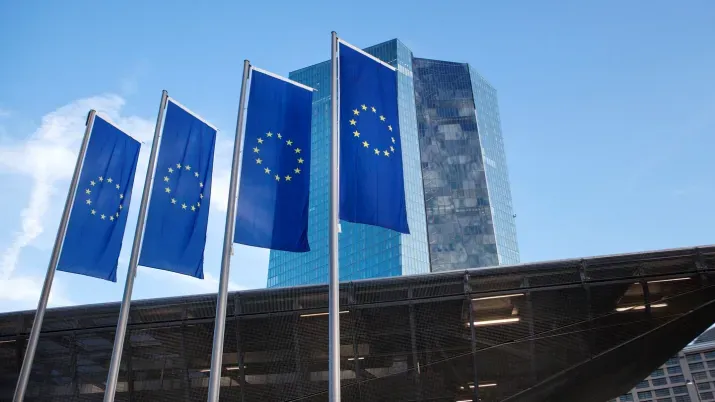Securitisation Written Out of UKAR Success
TwentyFour
Last week UK Asset Resolution (UKAR) announced the sale of its final mortgage loan portfolios, bringing to a close a decade long chapter of state ownership. UKAR was set up in 2010 as a ‘bad bank’ primarily charged with housing mortgage loan portfolios from failed lenders Northern Rock and Bradford & Bingley following the global financial crisis. UKAR had assets of £94.7bn at the outset, and has now repaid in full the £48.7bn we understand was borrowed from taxpayers. It is therefore a significant milestone to come full circle from years of scathing headlines in the popular press to the full return of these assets to private hands.
But how was this achieved?
The irony of this success story is perhaps the very mechanism through which this return to private hands has been achieved by UKAR: securitisation. For a long time post-2008, securitisation suffered via association with sub-prime lending in the US and overly complicated structured vehicles which layered risks that unassuming investors bought into. Without allowing ourselves to get bogged down in this, suffice to say we strongly believe this stigma was largely unfair and sensationalised; excess was apparent in all parts of financial markets at that time, and in any case the European securitisation market has one of the lowest lifetime loss records in fixed income.
Back to the story. When UKAR acquired these vast asset portfolios, two securitisation programmes were outstanding – Northern Rock’s infamous ‘Granite’ and Bradford & Bingley’s ‘Aire Valley’. Both of these RMBS programmes were kept operational and continued to function through insolvency, economic transfer of assets and the worst recession the crisis could throw at them. Far from this being a miracle, the bankruptcy remote nature of RMBS is designed for such scenarios, and bondholders from both programmes were all repaid in full.
As markets settled into a global recovery UKAR began to chart the path to private ownership, which was helped along by a few side sales to banks along the way, for example to Virgin Money. In order to return the assets to the private sector, a rigorous process took place in the bidders’ selection with a strong focus on customer protection. However, banks typically prefer to originate their own collateral and have had their own constraints around capital and leverage post-crisis, so global private equity firms and asset managers emerged as purchasers of the majority.
In total (according to BofA), since 2012 £43bn of UKAR assets have been sold via seven different transactions, with £35bn of this securitised via RMBS deals. In this final Jupiter sale completed last week, a further two RMBS were placed. Jupiter Mortgage No1 and Stratton Mortgage Funding 2021-2 were sold to a consortium comprising Davidson Kempner and Citibank, while the majority of financing was provided by PIMCO, and then placed into the market with ample demand for assets currently.
The manner in which this transition was achieved will likely not feature in the press. Indeed, securitisation did not make it into the UKAR press release and we did not expect Rishi Sunak to touch on it in his budget. But we would assert that without a functioning European securitisation market, these assets would likely still be the ‘burden’ of the UK taxpayer.







